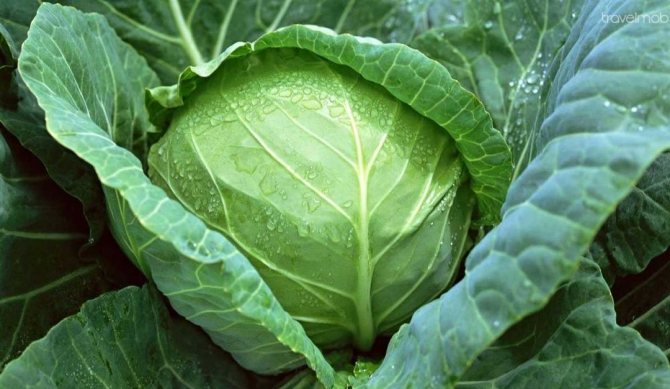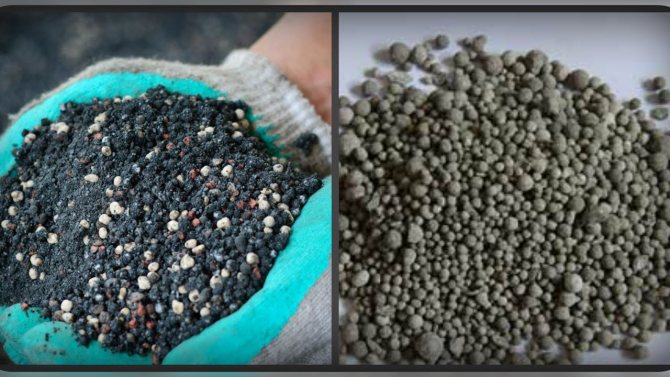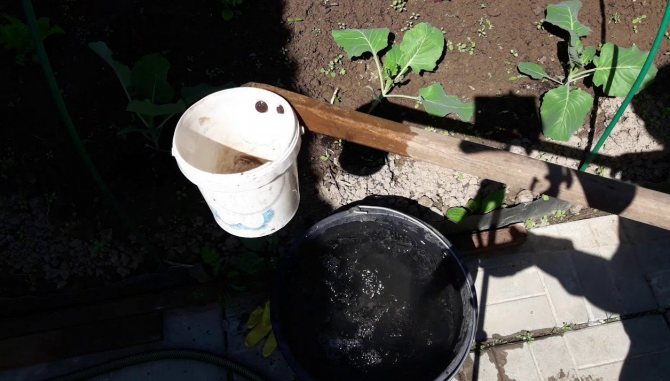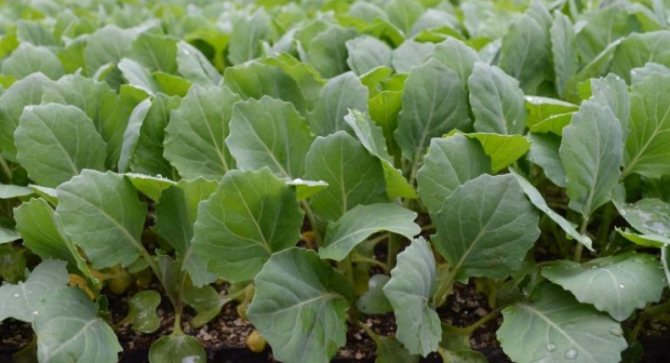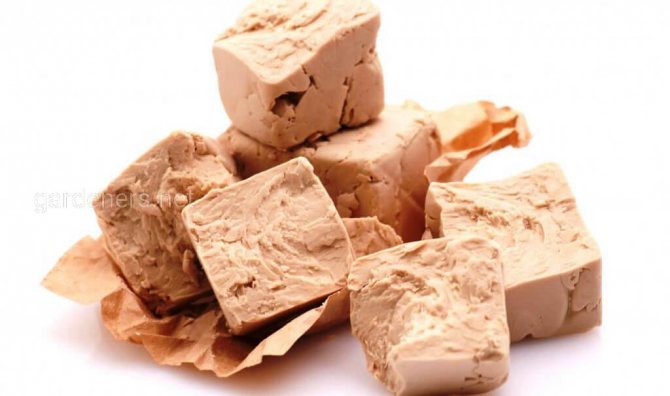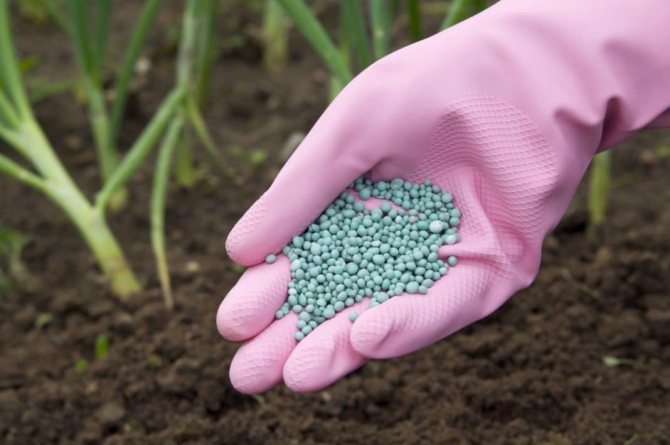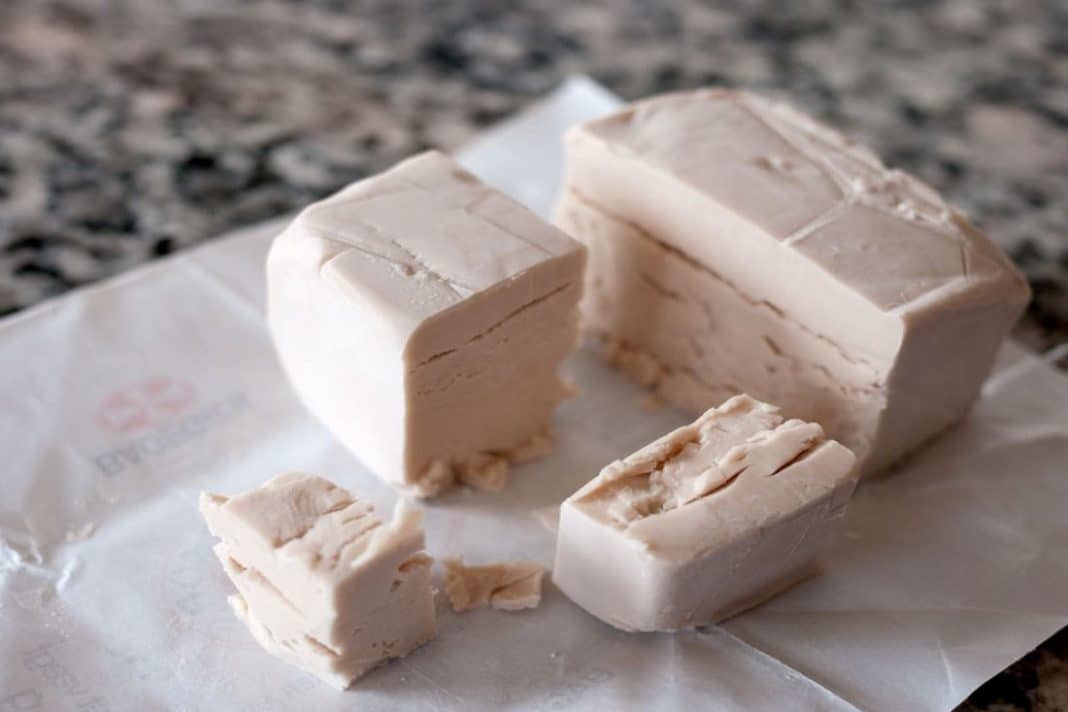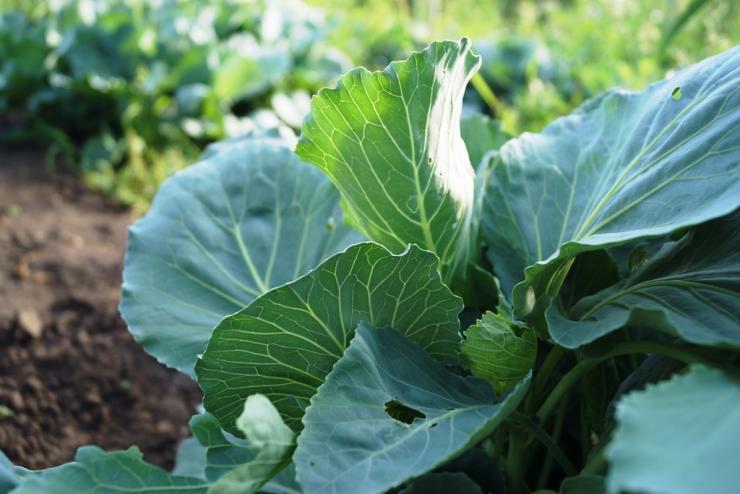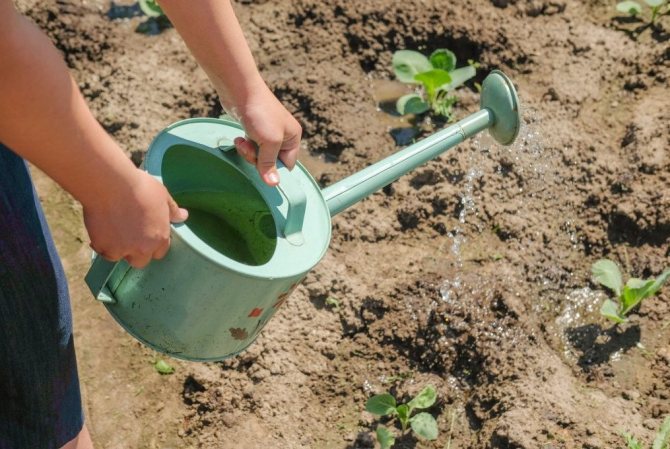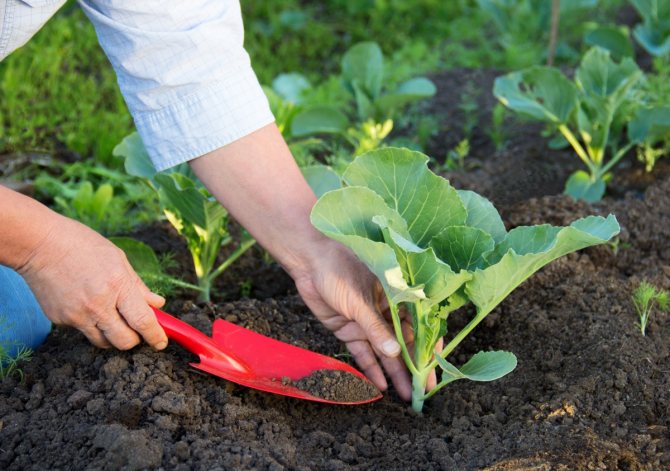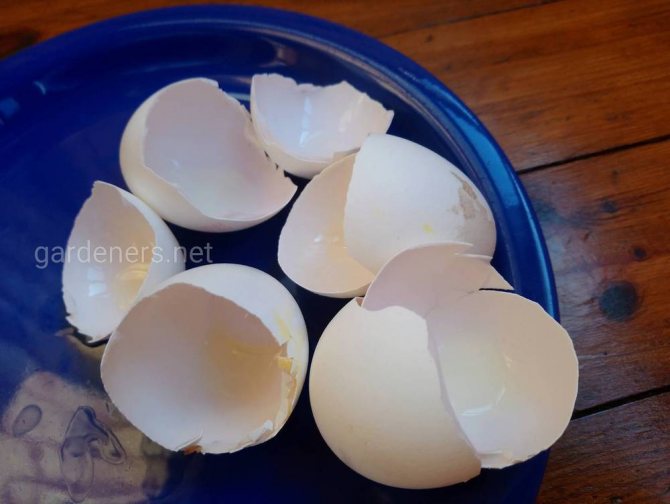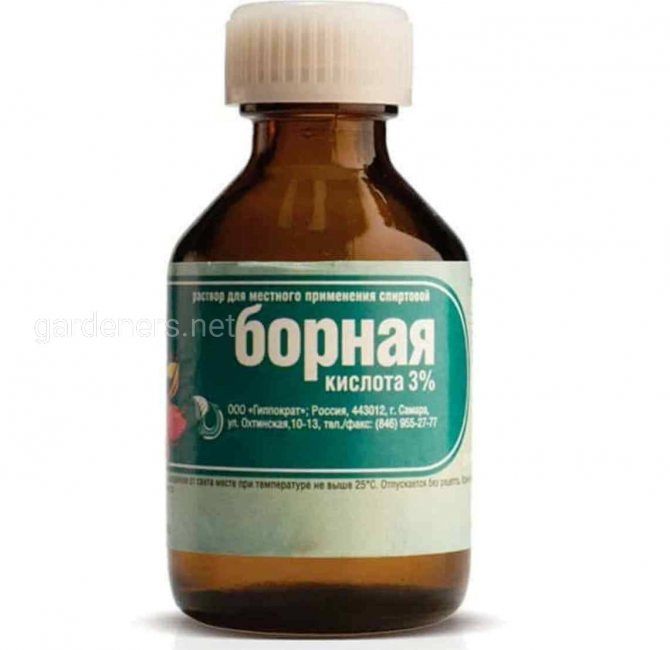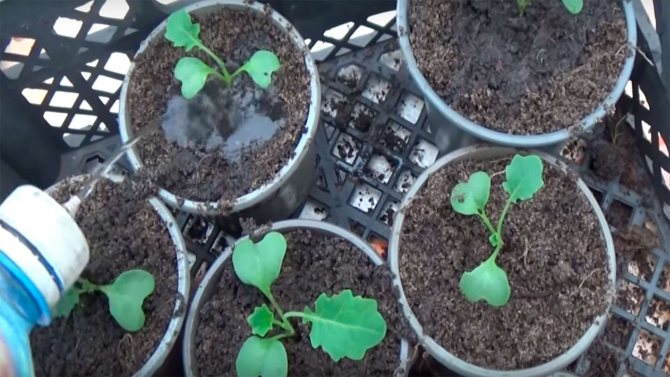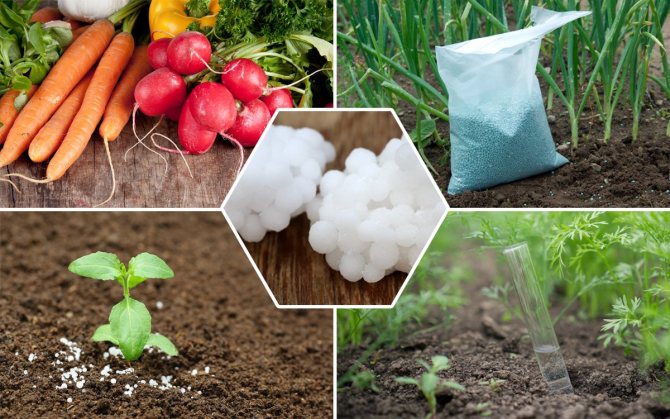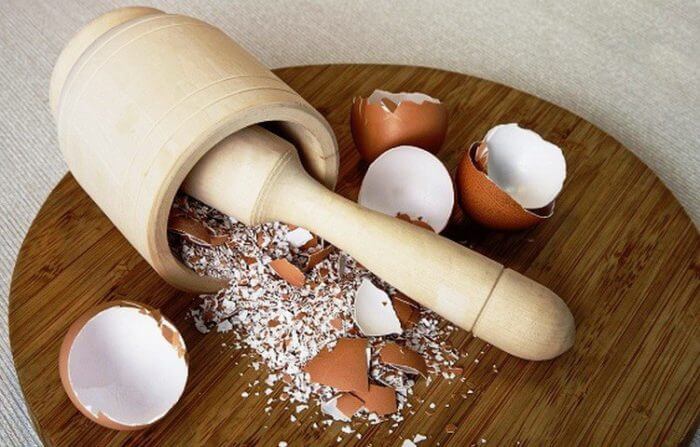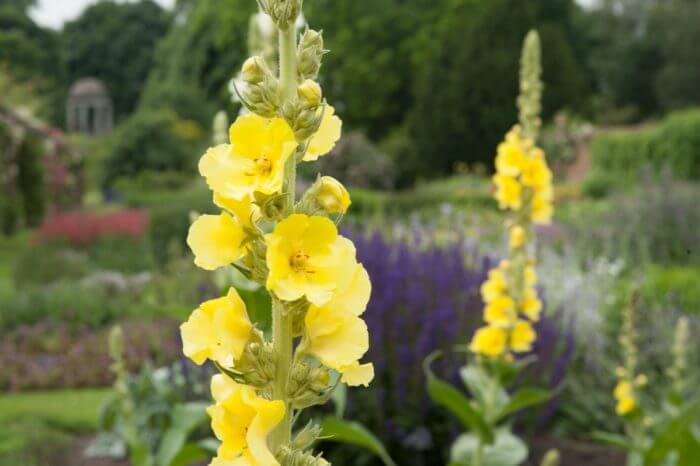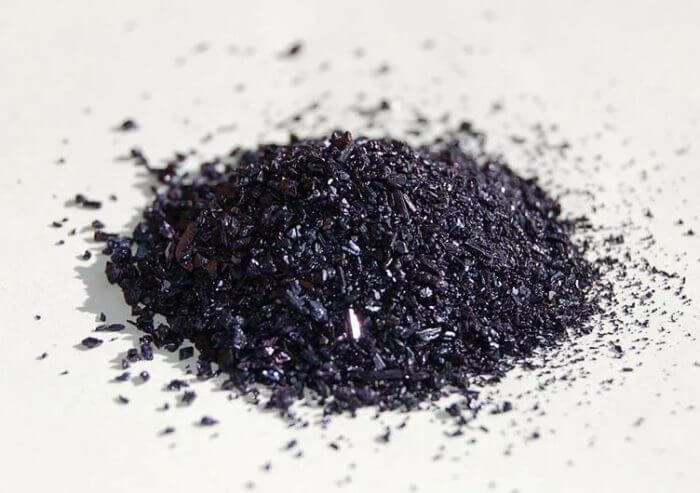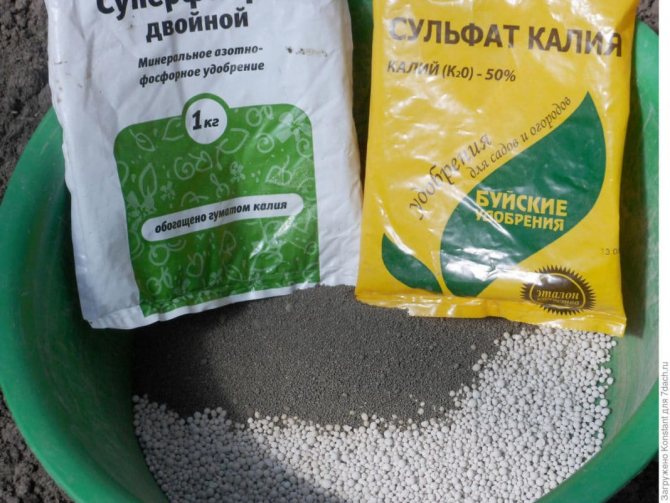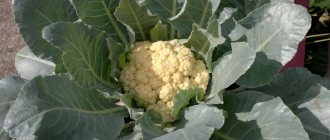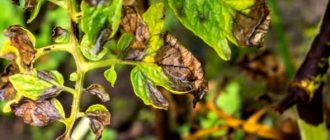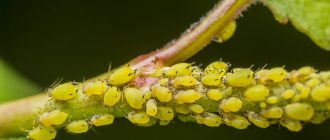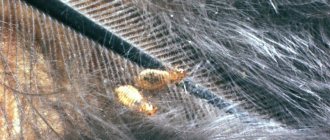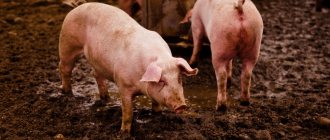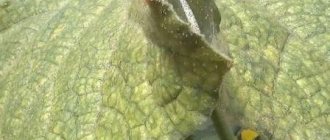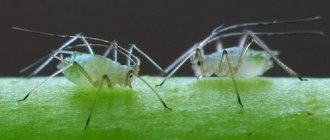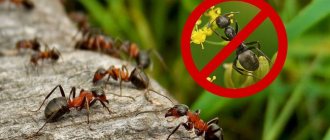From time immemorial, cabbage has been and remains one of the main vegetables on our table. It is easy to grow it, because it is considered an unpretentious plant. But without knowledge of some of the intricacies of its cultivation, it is hardly possible to get a good harvest of large heads of cabbage. In the summer, after planting seedlings in the ground, caring for cabbage consists of regular feeding. While the leaf mass is growing, and without it you will not get large heads of cabbage, the cabbage definitely needs nitrogen fertilizers. Later, when the first leaves begin to be tied into the head of cabbage, phosphorus-potassium fertilizers are needed.
In today's article, I want to pay special attention to feeding. After all, it is not enough to water the beds with water, water alone will not saturate the plant with useful substances. In addition, it is imperative to weed out the weeds. Firstly, they contribute to the development of fungal diseases, and secondly, they take up a lot of nutrients for themselves. And what and how to properly fertilize cabbage, more on that later in the article.
What elements does cabbage need?
For the full development of plants, obtaining the desired yield, the culture is demanding on nutrient soil rich in organic compounds and microelements. The lack of a particular substance can be determined by the characteristic external signs:
- nitrogen - a deficiency is manifested by a change in the color of the upper leaves to a pale green, and the lower ones to a reddish or bluish tint;
- phosphorus - the growth and formation of a cauliflower head stops abruptly;
- potassium - yellowing of the plant, the edges of the leaves dry out, damage spreads from top to bottom;
- magnesium - light shades of leaves, with a strong shortage - dying off;
- molybdenum - the head will not be able to form;
- boron - dark spots appear on the head of cabbage and stump, the pulp swells, the apical bud does not develop.
Garden, vegetable garden and flower garden tips
Ants in the country how to get rid of folk remedies
How to get rid of aphids on home flowers quickly with your own hands
Top dressing of tomatoes during flowering and fruit setting
When symptoms of soil depletion appear, it is necessary to apply the necessary fertilizers for cauliflower to the open ground. Restoring the supply of nutrients will stop the spread of spoilage, give an impetus to the development of the plant. But you should follow the feeding scheme, since excess additives will also harm.
What it takes to get a good harvest
Any plant needs good lighting, warmth, water and nutrients in the soil. They are based on nitrogen (responsible for increasing green mass), phosphorus (root, flowering) and potassium (growth in general, shoots, fruits).
Cabbage, like all other vegetables, determines the need for itself, takes from the soil exactly as much as it needs for full development. Therefore, the main task of the gardener is to supply the soil with the necessary elements for the life of the vegetable crop in time.
Three types of fertilizers are successfully used as top dressing of the soil:
- Organic - compost, bird droppings, bone meal, wood ash, mullein, green fertilizers, crushed eggshells, yeast.
- Mineral minerals are necessary for the entire growing season (nitrogen - during the growth of leaves, phosphorus and potassium - during the formation of a head of cabbage).Suitable for cabbage: ammonium nitrate, ammonium sulfate, urea, potassium sulfate, potassium chloride, superphosphate, nitroammofoska, Rost-1 or nitrophoska.
- Complex ones help to formulate a large dense head of cabbage. For example, this group includes: Effekton, Agricola, Sudarushka, Master, Aquarin, Kemira Universal, Kristalon, Piksa, Polyfid-SL, Clean sheet, Omu for cabbage, Gaspadar, Nov-Agro.
Incorrect and uncontrolled application of any feeding causes irreparable harm to the plant. It is important to follow the instructions and not exceed the dose of fertilizing the soil.
Types of cabbage fertilizers
There are three main types of fertilizers: potash; phosphoric; nitrogen. The latter species is well diluted with water and is used to fertilize cabbage in the spring, when the greens are just beginning to grow, since it contributes to the qualitative development of the root system of vegetable crops. And the first two are used when the head of cabbage is already beginning to form. They help cabbage to be more resistant to diseases and to endure adverse weather more easily. Sulfur and iron are also included in the list of useful minerals for cabbage, as they contribute to the accumulation of proteins and prolong the life of the plant.
Chicken droppings for feeding cabbage
Experienced summer residents have long noticed that cabbage reacts positively to feeding with chicken droppings, since it contains a lot of nutrients that are indispensable for culture. It increases the size of the heads, makes them healthy and juicy. Take a metal container, put in chicken droppings, fill with water, cover with a lid. Let it brew for 2-3 days, stirring it from time to time.
Top dressing is usually applied at planting. Prepare the holes, add 0.5 liters of droppings, lightly sprinkle with earth, and then plant the cabbage. Top dressing can be done during the growth and development of plants.
Factors affecting the formation of heads of cabbage
The formation of a head of cabbage is a special stage in the development of culture. For its ovary and further growth, the plant spends almost all of its reserves of nutrients. A number of factors can influence the success of such a process, the main of which are the following:
- Low lighting. The sun's rays promote photosynthesis in the leaves and the production of organic matter for the growth of the leaves. Therefore, if the cabbage is planted in the shade, it will not be able to develop enough nutrients to set the heads.
- Lack or excess of mineral components. Large forks require a lot of nitrogen and other substances to grow. But their excess is also dangerous. It will pull the leaves upward and prevent the forks from being tied.
- Insufficient or excessive watering. Water is one of the main components of the composition of the cabbage leaf. But excess moisture in the soil will also cause the leaves to stretch out instead of curling.
- Increased acidity of the soil. On these types of soil, the culture grows poorly, which also affects the size of the heads of cabbage.
- Late planting of seeds. If the seed is sown at the wrong time, the rhythm of cabbage development can be thwarted. As a result, the heads of cabbage will not have time to ripen before frost. Or, conversely, the formation period will fall on extreme heat (in early varieties), which will also negatively affect their development.
Read also: Cabbage pests are not a sentence yet! Gardener Tips
Important! If all these conditions are met, and the head of cabbage develops poorly, you need to make sure of the quality of the seeds. If re-harvested hybrid varieties are selected for sowing, even providing the plant with proper care will prevent the forks from setting.
Egg shells for feeding cabbage
Enriches the soil not only with calcium, but also with other trace elements such as potassium, magnesium, phosphorus, sulfur, iron. It also helps to reduce soil acidity. Under the cabbage, when planting, a handful of crushed eggshells are introduced into the hole, which will be a source of nutrients throughout the season.
Garden, vegetable garden and flower garden tips
How to plant strawberries with seeds at home
How to plant raspberries so that they do not crawl around the site
Top dressing raspberries for a big harvest
Tips and tricks from experienced gardeners
- Experienced gardeners recommend using traditional feeding methods as an alternative to ready-made complex supplements. Wood ash, eggshells and potato peels can be used. These elements saturate the soil with the necessary additives and improve the flavor and size of the cabbage heads.
- Experts recommend planting cabbage on soils rich in humus and minerals.
- Be sure to apply the first and second feeding according to the schedule.
- The use of compost fertilizer will help to increase the yield. You can include banana peels in it.
Following simple rules for caring for the plant will help achieve good results in cabbage cultivation. You don't need to be an experienced grower to do this. It is enough to listen to the advice of experts and carry out top dressing on time.
Hydrogen peroxide for feeding cabbage
Hydrogen peroxide is actively used not only for indoor plants, but also in the garden. It is actively used for watering and spraying cabbage seedlings at different stages of growth.
Hydrogen peroxide allows you to:
- rid seedlings of harmful bacteria;
- accelerate plant growth;
- protect the root system from rotting;
- saturate the soil with oxygen;
- cure diseases.
The benefit of the drug lies in the similarity of an aqueous solution with melt water. Hydrogen peroxide contains atomic oxygen, which oxidizes the soil, saturates it with oxygen, and fights against pathogenic bacteria. The solution is prepared at the rate of 1 liter of water and 2 tablespoons of peroxide. Plants are watered once every 5-6 days. Hydrogen peroxide has a positive effect on soil quality. In addition to feeding grown plants, hydrogen peroxide is used to soak seeds at the time of planting.
Nettle for feeding cabbage
If it is not possible to feed the cabbage with manure, you can use the fertilizer with nettle. Fertilizer from young nettle will be more effective. To prepare such an infusion, you need to fill the container to the middle with nettles, and then fill it with warm water to the very top. The container is closed and left to infuse for three to four days. After the finished top dressing is filtered and diluted with water in a ratio of 1 to 10.
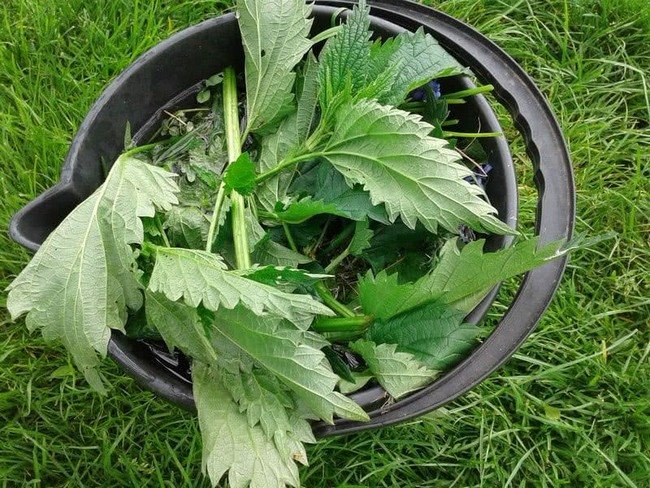
Ammonium for cabbage feeding
This substance is often used not only as a medicine, but also as an assistant in caring for garden plants. For example, ammonia, as a fertilizer for cabbage, is a source of nitrogen. If you see that the cabbage seedlings have begun to fade and have stopped growing, then they need to be fed with a nitrogen-containing product. This element, which is found in the composition of ammonia, is very easily absorbed by plants.
You can feed the cabbage with ammonia in two ways:
- Basal - in a bucket of water you need to dissolve 6 tbsp. l. means and pour the cabbage under the root, using about 0.5 liters of solution for each plant. This is how the plants are fertilized once a week.
- Foliar - prepare a solution of the same concentration for spraying. To make the product adhere better to the plants, you can add dish liquid, baby shampoo, or regular laundry soap to the resulting mixture. The resulting solution and spray the cabbage. Processing should be very careful, covering both the lower and upper parts of the leaves.
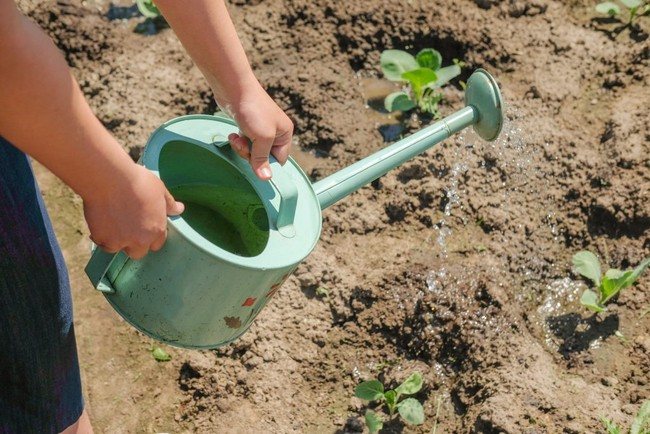

Liming or alkalinization of soil
In the year of planting in the spring, you need to dig up the ground with slaked lime, three weeks before planting the seedlings. In acidic soils (pH 4.6-5) add 2-2.5 tbsp. lime per sq. m. In slightly acidic (pH 5.1-5.5) - 1 tbsp. per sq. m. Instead of lime, ash can be used. It is worth considering that within the framework of one small area, zones with different acidity can alternate.Do not mix lime with manure. If the soil is too alkaline (pH 7 and above), potassium permanganate will help - 0.5 g per 10 liters.
Ash for feeding cabbage
Wood ash is a good potash and phosphate fertilizer for acidic and neutral soils. In addition to potassium and phosphorus, which are in the ash in a form readily available for cabbage, ash contains calcium, magnesium, iron, sulfur and zinc, as well as many trace elements necessary for vegetables.
Wood ash is also used for dusting and spraying plants from pests and diseases. Plants are powdered with ash early in the morning, after dew, or after sprinkling them with clean water. The solution for processing cabbage is prepared as follows. Pour boiling water over 300 g of sifted ash and boil for 20-30 minutes. The broth is defended, filtered, diluted with water to 10 liters and 40-50 g of soap is added. Spray cabbage in the evening in dry weather. To scare away slugs and snails, scatter dry ash around the stems and around the cabbage.
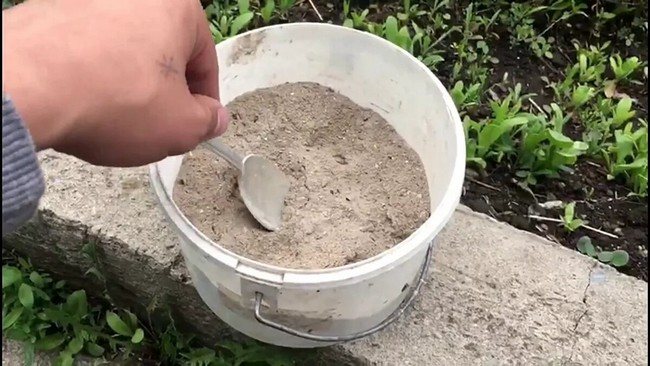

How to fertilize vegetables when planting seedlings
The plant loves organic matter. In the fall, before plowing the garden on the site, you can add manure-peat compost (for 1 square of area - 7 kg of the mixture), then at the beginning of the next season, additional feeding will not be required. If nutrients were not introduced in the fall, then in the spring period useful elements can be added before planting cabbage seedlings directly into the planting holes.
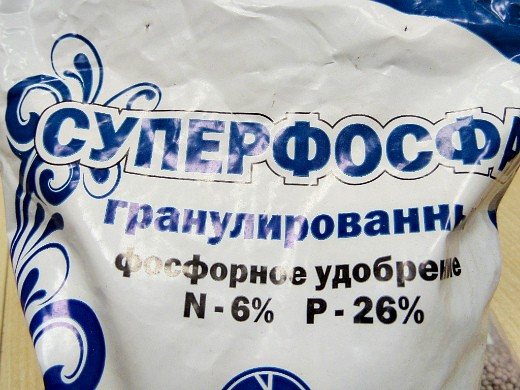

In this embodiment, we use one of the mixtures.
Complex composition
- Compost (humus) - 500 gr,
- nitrophoska (you can use superphosphate) - a teaspoon,
- wood ash - 1.5 tbsp. l.
All components should be mixed well with garden soil and placed in the hole.
Organic composition
- Compost / humus - a large handful,
- wood ash - 2 box of matches.
We mix the positions with the soil for the garden just before planting the vegetables.
Processing cabbage with valerian and liquid soap
Unusual, at first glance, assembly of components will help discourage insect pests from appetite. Due to the prevailing "aroma" of essential oils in valerian, and the inedible components of the soap, insects will stay away from the cabbage. In addition, the soap creates a layer of plaque that prevents biting into the leaves.
The mixture is great for getting rid of aphids and supervising ants.
For a liter of water, mix 20 ml of valerian tincture and a couple of tablespoons of ground soap. Increase the volumes proportionally if necessary.
For ease of application of the mixture to cabbage, use a pesticide sprayer. If the solution is too thick, dilute it with half a liter of hot water. In this case, the soap will completely dissolve and will not clog the nozzles.
Lack of a sprayer can be corrected with an ordinary household spray gun.
General rules for feeding cabbage
The ideal time for the procedure is evening, or at least early morning. The soil must be moist. If the weather is dry, abundant watering is needed before feeding. It also requires preliminary weeding and loosening.
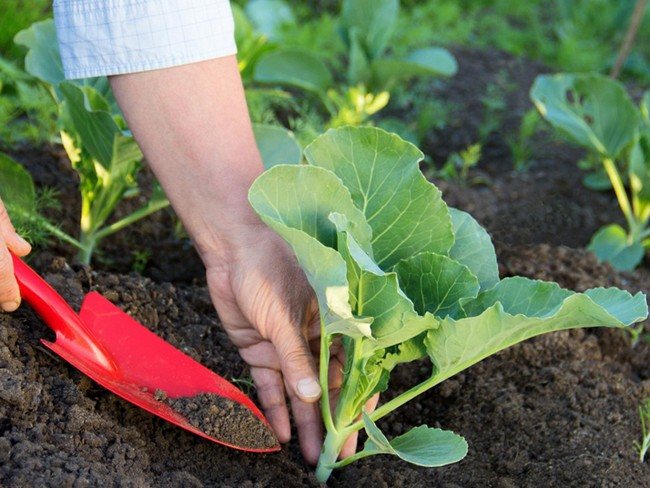

Use fertilizers only at the recommended dosages. Do not fertilize one crop at rates calculated for another - plants may have different needs even within one crop. To prepare the compositions, use warm water - this is necessary for the prevention of fungal and other diseases.
After making the "dressing" it is useful to huddle the cabbage or mulch the soil. This will extend the life of the fertilizer. If the mulch is already on the ground, remove it before feeding. You should not plan pest control and feeding for one day, it is better to apply fertilizers 1-2 days after the persecution.
A less labor-intensive way would be to apply pesticides. They are bought in agricultural stores and used according to the instructions. Nothing complicated.
True, not only pests, but also small mammals can suffer from them. Down to cats and dogs.In humans, inflammation of the mucous membranes is possible.
Among other things, ready-made professional formulations can also be used for feeding cabbage: for example, Reasil Universal, Uniflor Rost, Agricola, Power of Life.
Garden, vegetable garden and flower garden tips
How to get rid of aphids on home flowers quickly with your own hands
Cucumbers Courage reviews photo yield characteristics and reviews
Floribunda roses outdoor planting and care for beginners
The most popular and proven preparations for the growth and ovary of heads of cabbage
In addition to Agricola, a drug that enhances immunity in plants and their rapid recovery, they also produce colloidal sulfur, molybdenum, dolomite flour and Zdraven turbo. To get the desired result from their use, you need to familiarize yourself in more detail with each.
Colloidal sulfur
The drug is not toxic, it fights well with the main ailments of cabbage, including fungal ones. It is often used against harmful insects. The tool begins to work 3-4 hours after spraying on the sheet. The procedure is repeated after a couple of weeks. The working solution is prepared from 50 g of the product and 10 liters of water.
Molybdenum
Without molybdenum, the head of a cabbage will not be able to fully form. This element is contained in preparations such as "Mikrovit", "Chelatonic". When using molybdenum, it is very important to pay attention to the soil: if the acidity is high, then first you need to lime it.
Dolomite flour
It is brought in at the preparatory stage, in September. The powder is distributed over the garden bed after harvest. Thanks to dolomite, cabbage has excellent taste, grows and develops well. It can be applied together with compost, copper sulfate, boric acid. It is an excellent growth stimulator for agriculture.
"Zdraven turbo"
When using the drug, the density of the head of cabbage increases, the cabbage gains weight well. Promotes the drug and better keeping quality of the vegetable, improving its taste characteristics. The fertilizer contains molybdenum, boron, magnesium, zinc, and potassium.
Expert opinion
Stanislav Pavlovich
Gardener with 17 years of experience and our expert
Ask a Question
For the solution, take 10 liters of warm water and 15 g of the product. The plants are fed on the 12th day after the transfer of the seedlings to a permanent place. But leaf feeding is done every 2 weeks.
What kind of care does cabbage need besides feeding?
It is enough to follow simple rules:
- Watering. Should be moderate to prevent overflow and overdrying. It is best to use settled water. Watering should be done in the evening. The interval between procedures is usually 5 days, and in hot weather - 2-3 days.
- Loosening the soil. It is necessary that the roots have access to oxygen. It is best to carry out the procedure the next day after watering.
- Mulching. Experts advise making a layer of mulch 5 cm thick. This will prevent rapid evaporation of moisture and the appearance of weeds. Mulch also provides nutrients to young plants. Usually used for shelter peat or humus.
How to fertilize cabbage: with urea, potassium chloride, superphosphate or folk remedies, each gardener decides on his own, but the lack of nutrients can significantly reduce the yield. Experienced gardeners on their plots, in addition to white cabbage, often cultivate other varieties of it. When choosing a specific one, you should determine what exactly it is grown for, and the required number of heads. Watering should be stopped altogether 3 weeks before harvesting. Then more fiber will accumulate, thanks to which the cabbage is better preserved in the future.Harvesting is recommended when the temperature outside at night reaches +20 degrees. It is necessary to store the heads of cabbage in a cool room, laying horizontally.
How to fertilize seedlings if they grow poorly
If the seedlings do not develop well in a greenhouse or at home on a windowsill, in addition to poor soil, poor or excessive watering, lack of light, and thickening of the crop can interfere with it.
To give her more nutrition, you need to pamper the roots three times: on the 10th day after the pick, 10-12 days after and then shortly before the transplant, add potassium chloride, ammonium nitrate and superphosphate in the proportions:
- 1 g, 2.5 g and 4 g per 1 liter;
- only 3-4 g of saltpeter;
- 2, 3 and 8 g per 1 liter, respectively.


